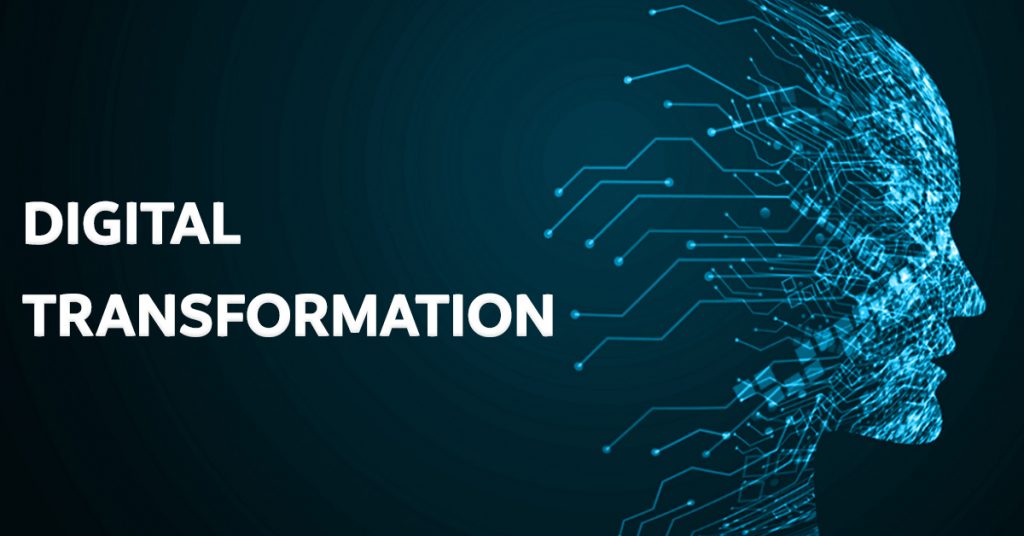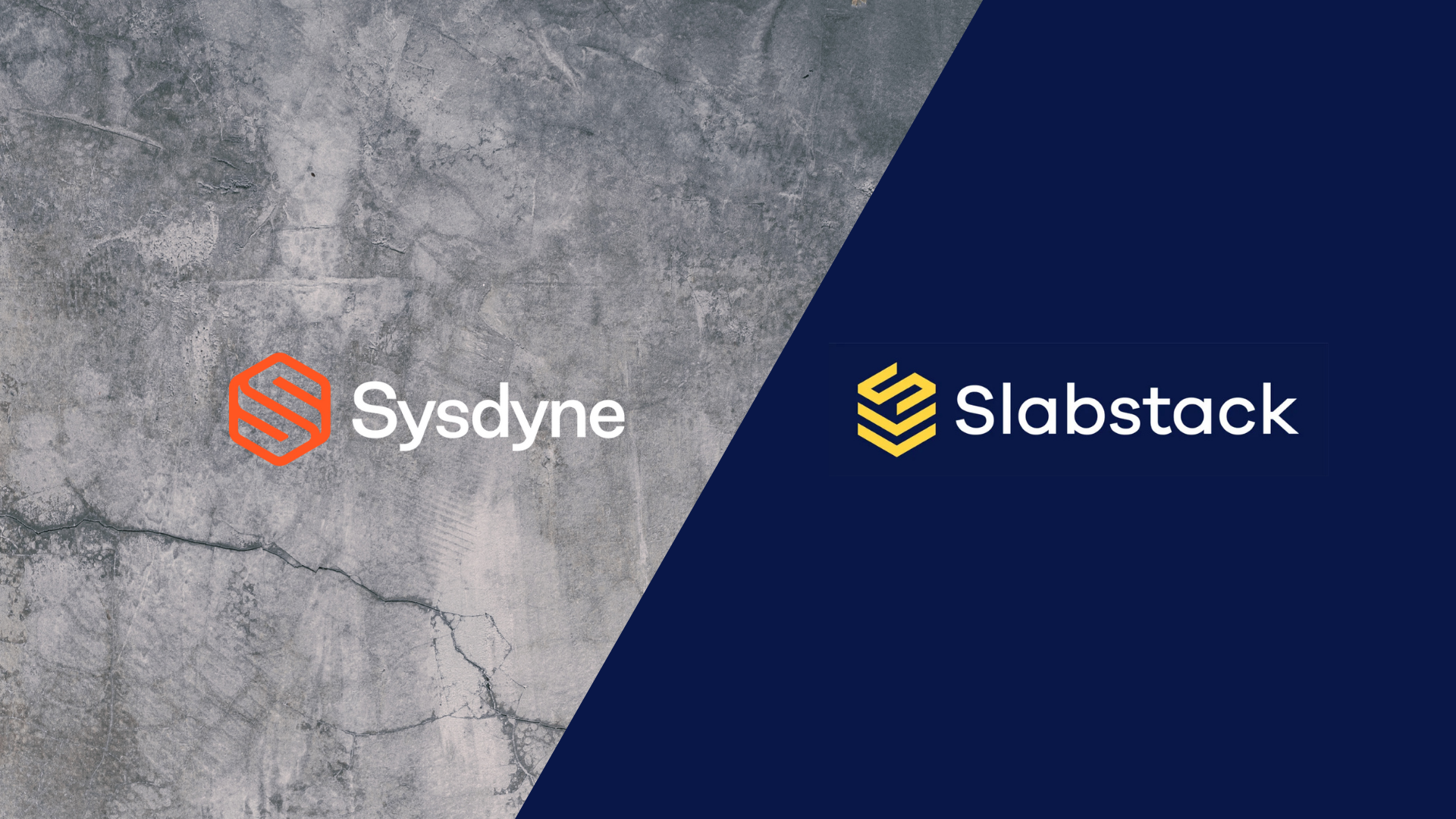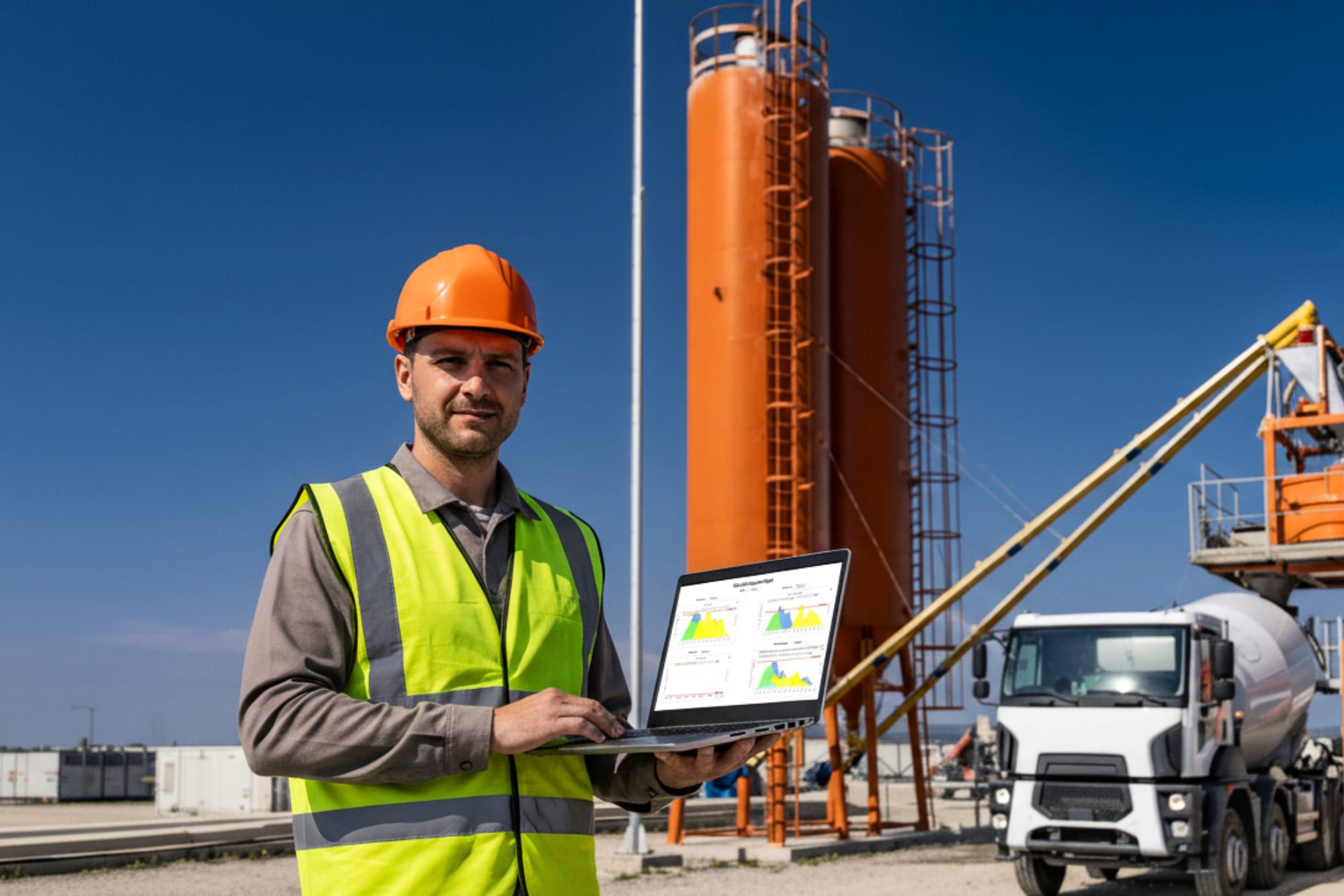
AUGUST: Digital Transformation for the Concrete Ready-Mix Industry
Day after day I can’t stop but be amazed by the various ways that Digital Transformation has become an integral – and more importantly, valuable – part of lives. From things we take for granted like the ability to purchase virtually any item and have it delivered in surprisingly short lead times (for an additional “prime” fee), to more sophisticated applications, such as the vehicles that are now capable of transiting long hauls of roads without the need of a human driver.
Now, what really makes these technologies “cool” is their ability of bringing value and truly becoming solutions by simplifying issues that we now deal with more efficiently, i.e. the ability to save a car trip or attend a call safely during a trip respectively, in both cases freeing time, the most valuable resource to perform other pending activities (basis of optimization).
The same concept holds for our evolving Ready Mix Concrete Industry: How can we be more efficient at what we do? And more importantly, how can we utilize the available technologies to drive the desired improvements? This last question is probably easier answered than executed, considering it involves basic yet culture changing elements that require true focus, commitment, and discipline, at all levels of the organization, and championed all the way from the top.
Imagine a President or Owner of a Company being able to save cement, fly ash and/or slag by eliminating discrepancies between target and batched quantities, which reportedly can generate losses in the order of millions of dollars per year for a mid-size organization, directly impacting the bottom-line performance.
Picture a Dispatch or Logistics Manager being able to order cement without risking running out of stock and avoiding delays or rejections due to lack of inventory space? How about an Operations Director using one – or two – less truck(s) (and drivers) – per plant – to deliver the scheduled yardage for the day? And what would a QC Director think about being able to adjust a cement source (and/or mix content) for all the organization’s mixes and plants from his office?
How much does this translate into savings (both operationally and capital expenditure) and improved market positioning? Not to mention the improvement from less complex day-to-day operations by utilizing less resources to deliver the same – or more – quantities, all likely at a reduced expense from new systems.
The list of examples goes on and on, and the benefits are undeniably sizeable in terms of monetary value and improvements that include customer satisfaction, safety, environmental contributions, employee retention, and many others.
Now, the perfect scenario would be to utilize your current operating systems to drive said improvements, but it is no secret that partial functionalities will only lead to limited results; this is the problem with most current operating systems available in the marketplace, and true change, supported by Digital Transformation, goes beyond the simple “digitization” of the organizations’ current processes.
American businessman and technologist Thomas M. Siebel writes “Some refer to digital transformation as using digital technologies and advanced analytics for economic value, agility, and speed”. Siebel also references that the core technological requirements to enable a “complete, next-generation platform” solution include Data Aggregation (ingest, integrate, and normalize any kind of data), Multi-Cloud Computing (enable cost-effective, elastic, scale-out compute and storage), Enterprise Semantic Model (provide a consistent object model across the business in order to simplify and speed application development), Enterprise Data Security, Open and Common Platform for Collaborative Development (support multiple programming languages while enabling software developers, data scientists, analysts and other team members to work in a common framework), amongst others.
These requirements are necessary to ensure a reliable, robust, and easy to use solution that can ultimately create value for an organization. So, in simple terms, it is not enough for operating systems suppliers to offer products that are specialized in a siloed operating function (exclusively batching, dispatch and fleet management), or offer products that were not developed under the same code/language (which result in communication and performance deficiencies), or offer attractive displays of data sets without the ability of serving as a data warehouse, processing information or recommending improvement actions based on said data sets.
The real solution is to ensure working with a real SaaS (Software as a Solution) provider that specializes in the entire Concrete Ready-Mix production “eco-system”, that lives by the principles that define Digital Transformation and who can drive optimization through easy-to-use technologies (truly encompassed by Cloud-Computing, Big Data, Internet of Things – IoT, and eventually artificial intelligence – AI), all backed-up by world-class industry experts who understand how the industry’s idiosyncrasies and how it generates value.
Granted, not all imaginable solutions will be 100% readily available from a single provider (that is the nature of the software world), and many of these will likely be in the conceptualization or actively development stages, but the critical consideration is to ensure partnering with a company that not only has robust, reliable and easy-to-use products, but also with a healthy R&D pipeline that is clearly committed to further creating significant and measurable value, beyond simply improving functionalities for current existing products.
In summary, it is imperative for the Concrete Ready-Mix Executives and Leaders to partner with a SaaS provider that “checks all the boxes” outlined previously and that has clear processes in place to ensure a smooth transition to the new operating solutions. That, along with full support and commitment from the Executive Leadership Team, trickled down the entire organization, will ensure leveraging all the tools and systems needed to effectively drive and execute the improvement opportunities that will directly and considerably enhance your bottom-line performance.
Reach out to learn more about how our SaaS suite can assist in driving your digital transformation and improve your operating processes


